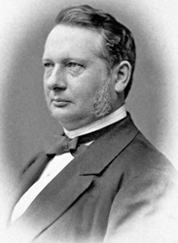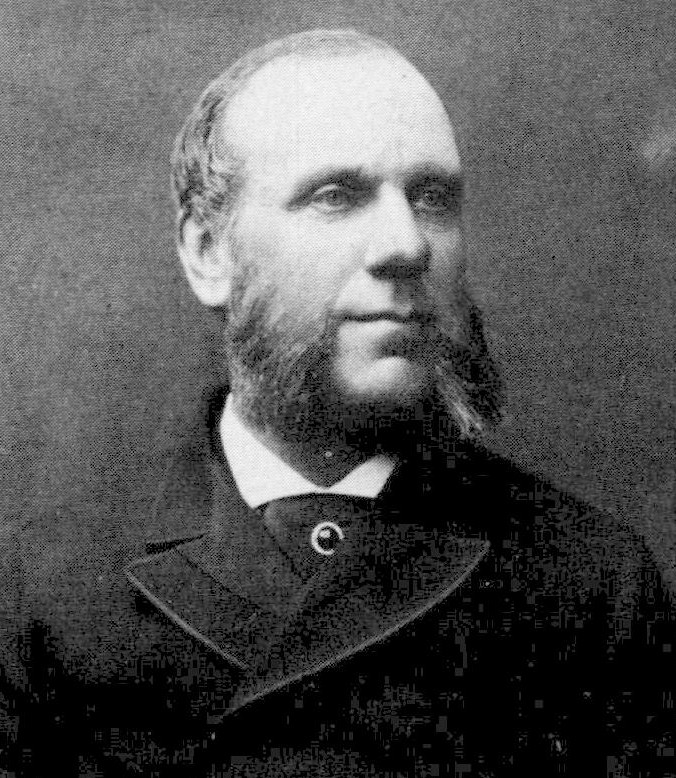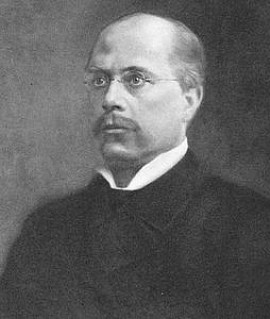
Smith’s colorful contemporaries
L.O. Smith’s contemporaries included several ambitious and successful entrepreneurs, often nicknamed “kings” or “princes” within their respective fields. This colorful crew came to symbolize the new industrial Sweden and lay the foundation for the economic prosperity of the 20th century. They had in common a broad business sense and a contagious enthusiasm for everything from politics and society to art and philanthropy.
Here is an introduction to a small selection of these entrepreneurs, from “the mechanics king” Bolinder to “the finance prince” Wallenberg.
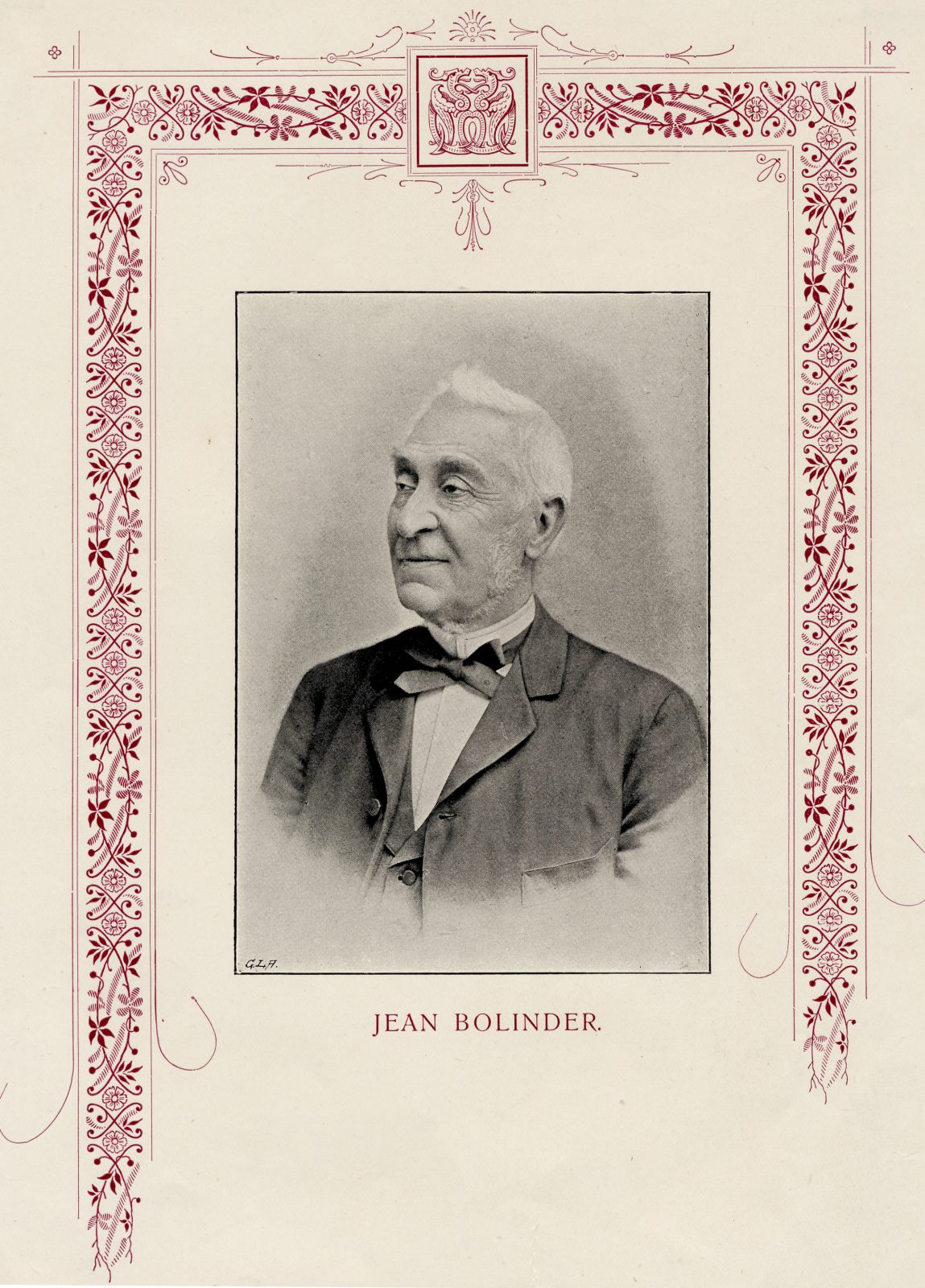
The mechanics king: Jean Bolinder (1813-1899)
Jean Bolinder was the man behind the Bolinderska Palace, the magnificent apartment at Blasieholmen in central Stockholm where L.O. Smith had his residence. Bolinder was the son of a priest. He was born in Vaksala outside Uppsala, north of Stockholm, in 1813. At an early age, he developed an interest in geology and rock formation. In 1834, he became the foreman of the Royal Mint (Kungliga Myntverket) in Stockholm. Bolinder also had an interest in foundry technologies and mechanics. To learn more about these emerging fields, he spent some time in England and Scotland together with his brother Carl Gerhard.
They returned to Sweden in 1844 and set up J & C G Bolinders Mechanical Workshop by the Klara lake at Kungsholmen in Stockholm. The Bolinder brothers produced all kinds of machines, not the least for the emerging paper and wood industry. They also created cast iron products for the growing consumer market, including garden furniture, umbrella stands, and wood-burning stoves.
Bolinder built The Bolinderska Palace in the 1870s. The architect behind the luxurious building was Helgo Zettervall, who drew inspiration from Venetian palaces. Bolinder himself lived on the top floor, while L.O. Smith rented the apartment underneath. The ground floor housed Bolinder’s mechanical workshop and for some time, a famous Indian cafe. Bolinder built his summer residence Villa Ekudden on the green Stockholm island of Djurgården. He also had a large house in the distinguished area of Djursholm, a mile north of the city center. Later on, Bolinder merged his workshops with Munktell’s mechanical workshop in Eskilstuna. Together they formed the tractor and machine manufacturer BM, which was incorporated into the Volvo Group in 1950.
The timber prince: Fredrik Bünsow (1824–1897)
While L.O. Smith was the king of vodka, Fredrik Bünsow became known as “the timber prince”. Bünsow was born in 1824 in Kiel in northern Germany. He came from a family of artists. His uncle, Hans Friedrich Postel, was a merchant who moved to Sweden and settled in the emerging town of Sundsvall, where he started exporting timber.
Bünsow started his career as a bookshop assistant. In 1845, he was hired by the publisher Adolf Bonnier at Norrbro in Stockholm. One year later, he went to Sundsvall to help his ageing uncle. When Postel passed away in 1847, Bünsow took over the business. A few years later, he founded Mons steam sawmill in Sundsvall. Together with his friend and business partner André Oscar Wallenberg, he also founded the town’s first beer brewery.
Thanks to a loan from Wallenberg, Bünsow acquired Skönvik’s glassworks and loading site north of Sundsvall. This is also where he set up Skönvik’s sawmill, which became the jewel in his business empire. He also built the summer residence Villa Merlo nearby. Drawn by architects Gustaf Clason and Fritz Eckert, it resembled a palace more than a regular holiday house.
Clason also designed the magnificent Bünsow House, located on Strandvägen 29–33 in the elegant Stockholm district of Östermalm. This building consisted of three rental properties, and was constructed according to the latest architectural ideals. Drawing inspiration from different historical styles and using a free facade composition with materials like tiled brick and natural stone, the Bünsow House soon came to represent Östermalm as a whole.
Bünsow died in 1897. The fortune he left behind was one of the largest in Sweden, second only to that of Alfred Nobel. His legacy is evident in the many places that bear his name: From his own buildings to the Bünsow Pond in Sundsvall and Bünsow’s land on Svalbard. His company Skönviks AB later became an important part of the SCA Group.
The king of snuff: Knut Ljunglöf (1833–1920)
Knut Ljunglöf was born into the snuff tobacco (Swedish ”snus”) industry. Already in 1822, his father Jacob Fredrik Ljunglöf had created the snuff Ljunglöfs No. 1, which is one of Sweden’s oldest brands in the industry. When his father passed away in 1860, Knut Ljunglöf took over the snuff factory. He developed the brand, which became known under the more catchy name ”Ettan” (Eng. “the one”). Ljunglöf gained a reputation for his strict quality requirements. It has been said that he kept a bowl of snuff on his desk, and tried a little bit every single morning to see if how long it would stay fresh. At the beginning of the 20th century, his factory was the largest of its kind in Europe and even one of the biggest tobacco factories in the world.
Ljunglöf was also a land owner and built the so-called Ljunglöfska castle, a large villa in Blackeberg designed by the architect Gustaf Lindgren. Ljunglöf and his family would go to their private castle before Midsummer each year, and spend the rest of the summer there. His yacht Thulia and the steamboat Anna, named after his daughters, were moored at the pier.
Ljunglöf’s snuff factory was located in the neighborhood Träsket in central Stockholm, with one property on what today is the Sveavägen road and another at Luntmakargatan 19. The family had their permanent residence next to the factory.
In 1912, the Swedish parliament decided to nationalize the manufacturing and sales of tobacco from 1915. The factory was taken over by the Swedish Tobacco Monopoly with Oscar Wallenberg, the banker Knut Agathon Wallenberg’s half-brother, as its first CEO.
Knut Ljunglöf left a considerable fortune of about 16 million SEK when he died in 1920. His son Robert Ljunglöf inherited the company and managed the capital. Robert became an active board professional, for example as chairman of the board of the life insurance company Thule and for the Stockholm bank Enskilda Banken. The Ljunglöfska house at Sveavägen was demolished in 1938 and replaced with a modern office for the Thule company. Parts of the interior, mainly the so-called Ljunglöfska salon, were moved to Medborgarhuset at Södermalm in southern Stockholm.
The cork king: August Wicander (1836–1891)
August Wicander’s cork factory was the first factory in the world to automate the production of bottled cork. The cork production proved highly useful for a number of industries, including wine and spirits, beer, soft drinks, dairy products and pharmaceuticals.
Wicander was born in 1836. He grew up in Vintrosa in Närke but moved to Stockholm in 1868. In the capital, he took over a property on Brännkyrkagatan at Södermalm, traditionally the working-class quarters in southern Stockholm. The premises were equipped with old-fashioned cork scissors, which were used to cut corks by hand. Wicander came up with the idea to start manufacturing the corks mechanically. He imported cork from the Mediterranean on his own ships. Any remains were used to produce cork mats – which in turn opened up a new business segment within flooring and interior design. In addition to Sweden, Wicander established factories in Finland, Russia and Germany.
Wicander’s son Hjalmar took over the management of the company in 1904. He also acquired the house Villa Lusthusporten on the lush Stockholm island Djurgården, as well as the estate Harpsund in the county of Södermanland. The villa was later donated to the Nordic Museum. Harpsund was inherited by the Swedish state in 1952, and became the Prime Minister’s recreational residence. At the end of the 1980s, Wicander’s factory closed. At the same time, his flooring business was moved abroad.
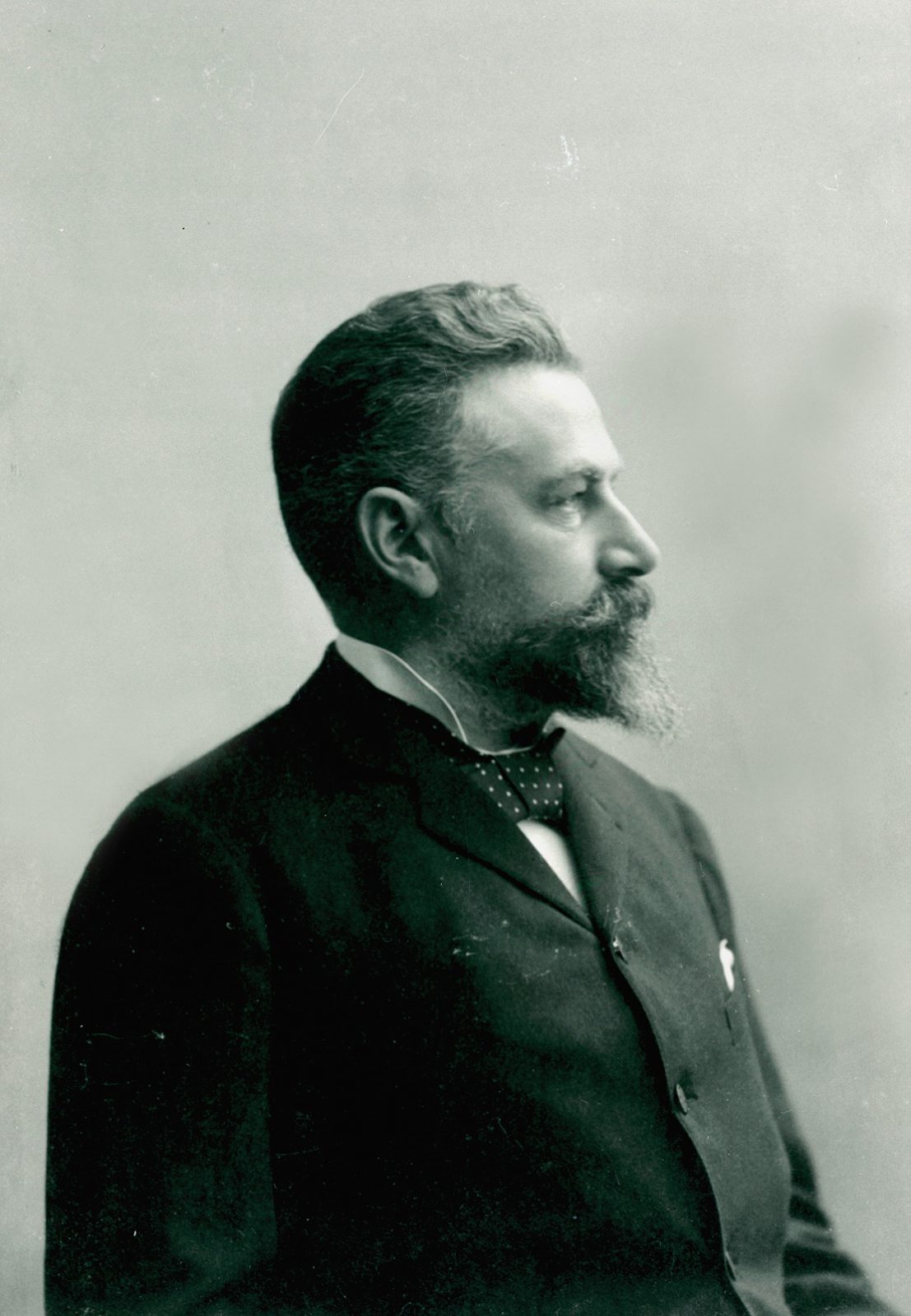
The finance prince: Knut Agathon Wallenberg (1853–1938)
The banker and philanthropist Knut Agathon Wallenberg made an impact that is hard to beat. He steered Stockholms Enskilda Bank through a difficult financial crisis, created the proud Wallenberg tradition and initiated several construction projects that still define Stockholm’s cityscape. He was also Sweden’s foreign minister and a benefactor of the largest private research foundation in the country.
Knut Agathon Wallenberg was born out of wedlock as the son of the banker André Oscar Wallenberg and Mina Andersson, who worked as a maid on ships. His parents married the following year, but Mina died in 1855. Knut is believed to have had a lonely childhood. His father was demanding and his stepmother was busy looking after Knut’s half-siblings.
Like his father, Knut became a sea officer. When he was around 25 years old, he started working at the family business Stockholms Enskilda Bank. He joined the business during a difficult financial crisis, but thanks to hard work and a government loan, the bank survived. After his father’s death in 1886, Knut took over the management of the bank, which came to play an important role in Swedish industry. In particular, the bank provided a link to the French credit market, which served Sweden’s high demand for foreign credit. Stockholms Enskilda Bank became a leading business bank and paved the way for Sweden as an industrial nation.
Knut Wallenberg had a prominent role in society. He created a huge fortune and was an active politician in Stockholm, both as a member of parliament and as the foreign minister from 1914 to 1917. He initiated a number of construction projects, including the Royal Opera, Stockholm City Hall, Stockholm City Library and the Maritime History Museum. Last but not least, he facilitated the construction of the district of Saltsjöbaden with a railway, residential houses, hotels and an observatory, as well as the Church of Revelation (Uppenbarelsekyrkan), where he and his wife Alice are buried.
The Knut and Alice Wallenberg Foundation, which was set up in 1917, proved to be invaluable for future investments. With annual grants exceeding 1 billion SEK, it is still the largest private research foundation in Sweden. Knut and his wife Alice had a direct connection to L.O. Smith: In 1897, they adopted Jeanne Nyström (Nannie Wallenberg), the illegitimate daughter of Prince Jean Karadja, who was married to Smith’s daughter Marie Louise Olsson Smith.
